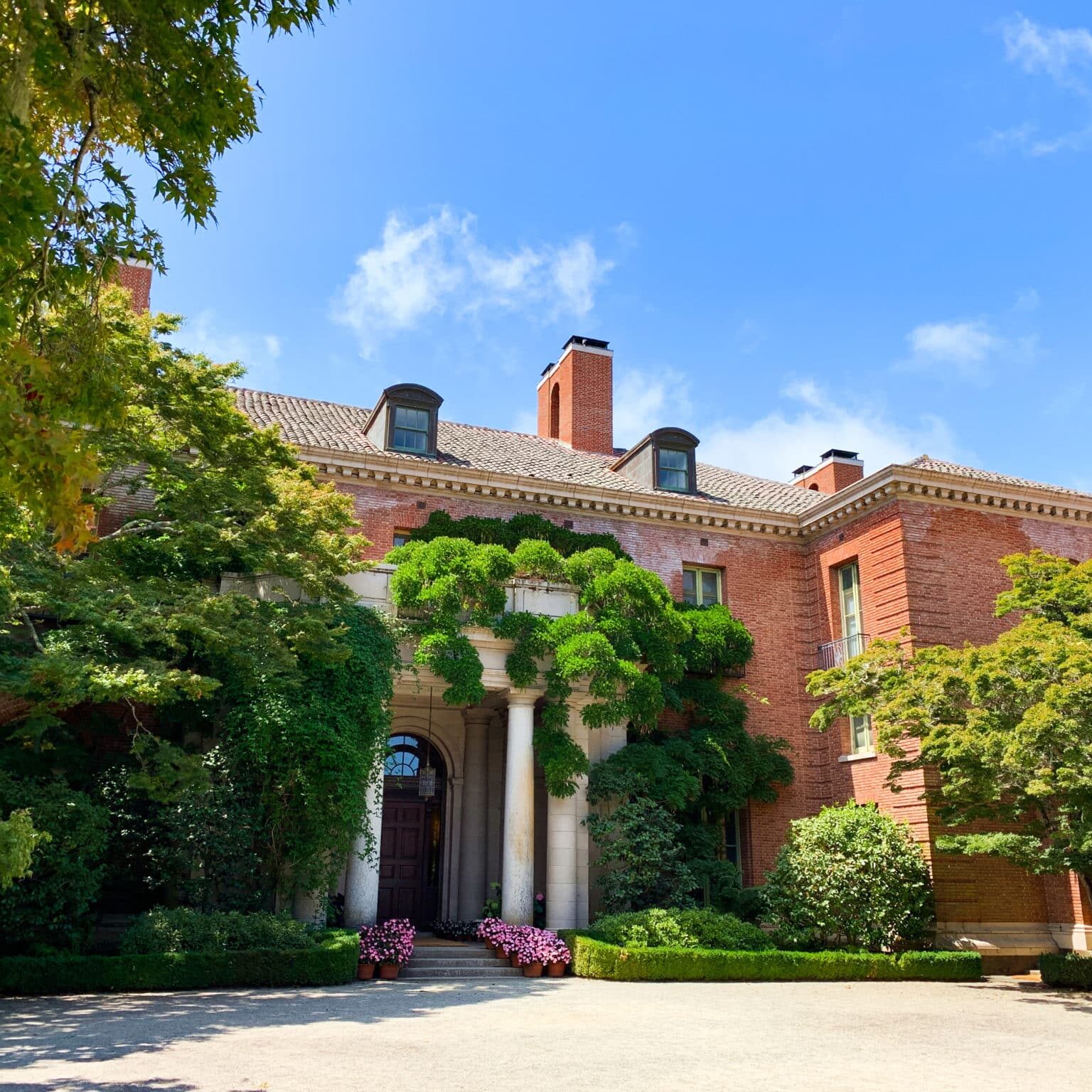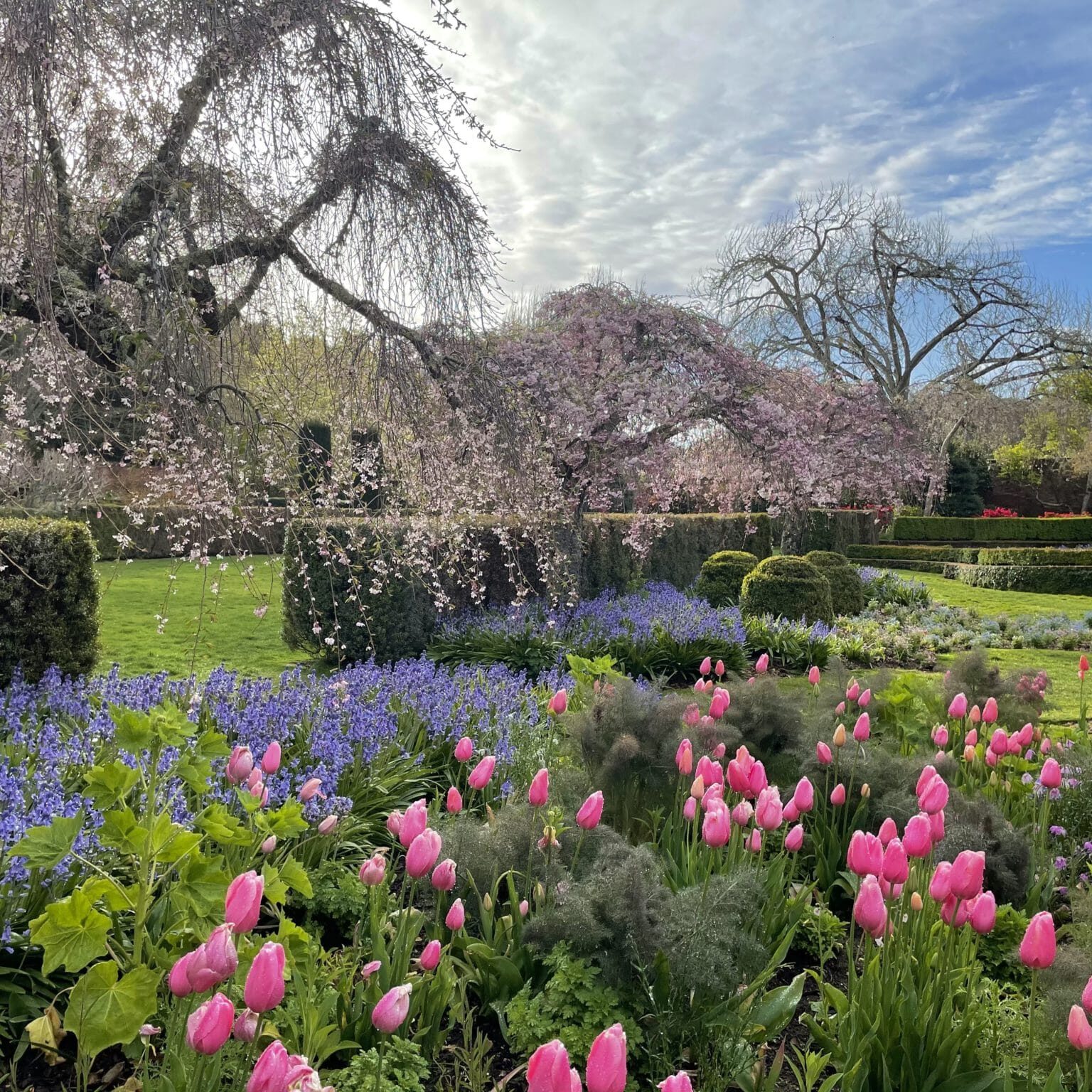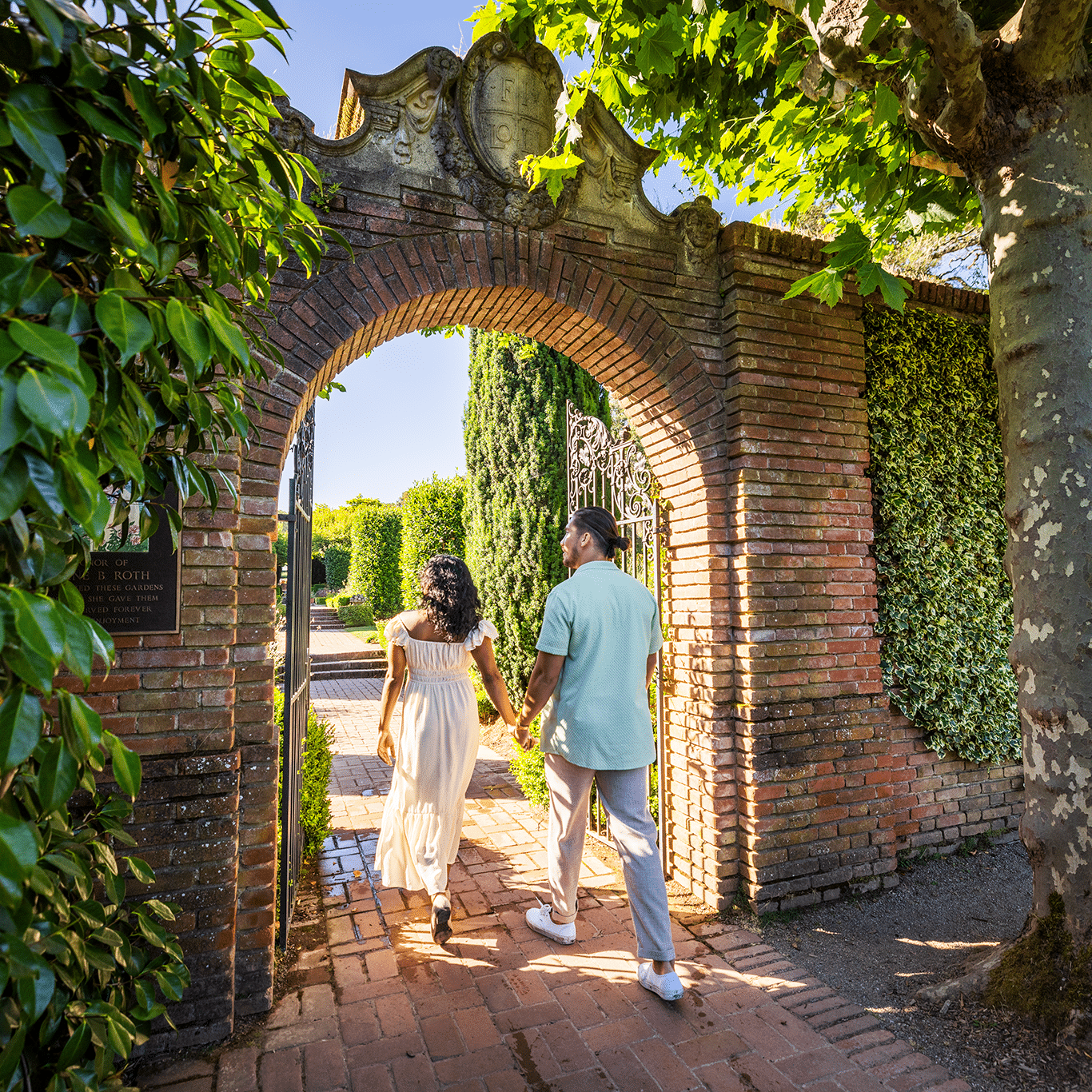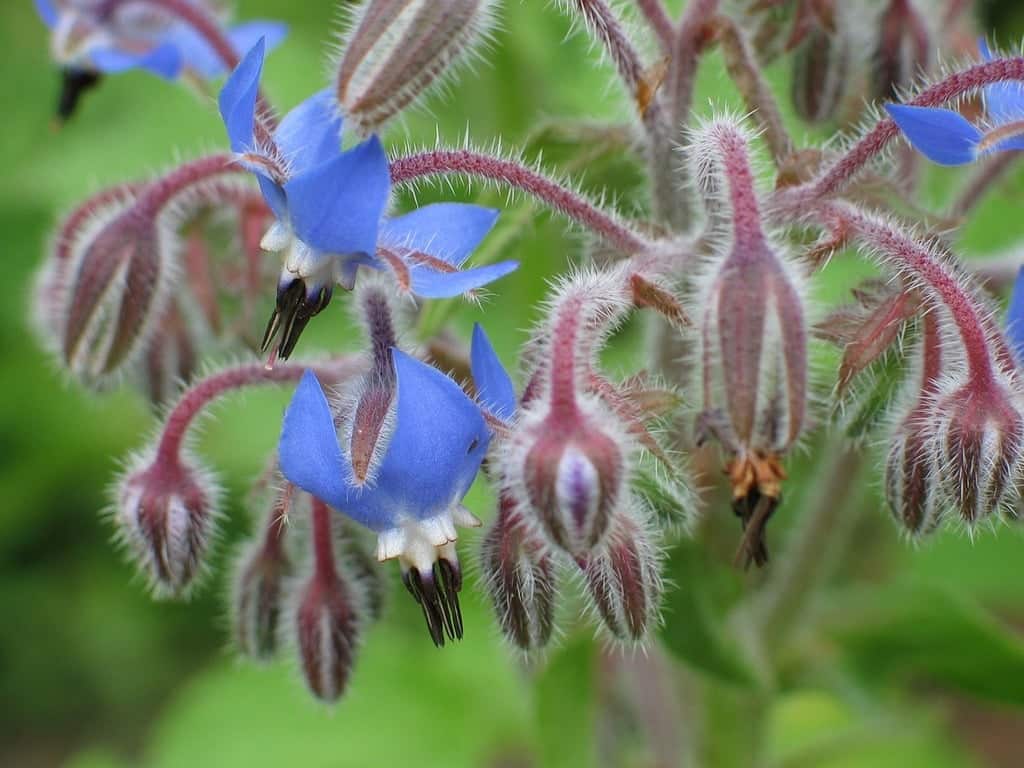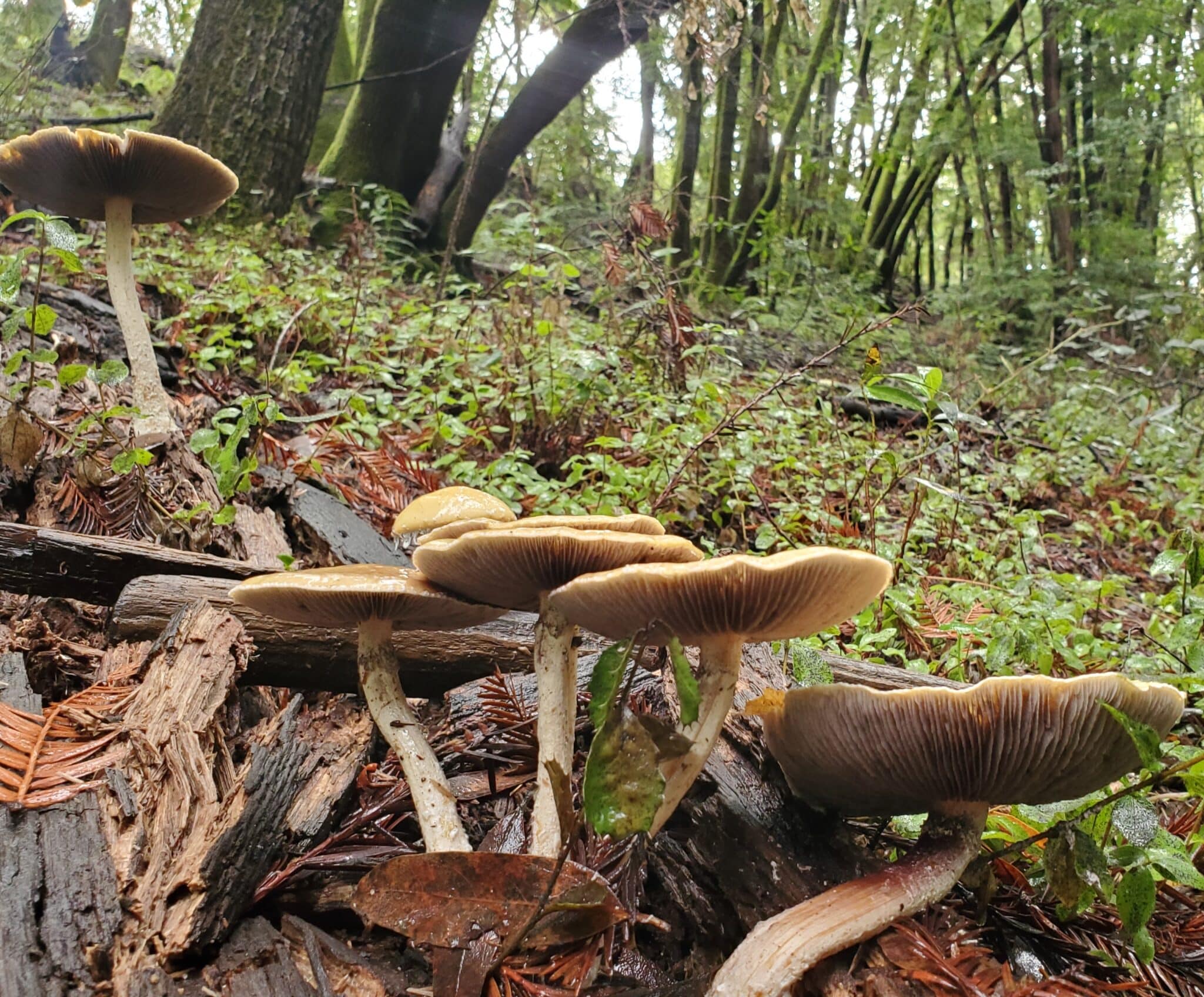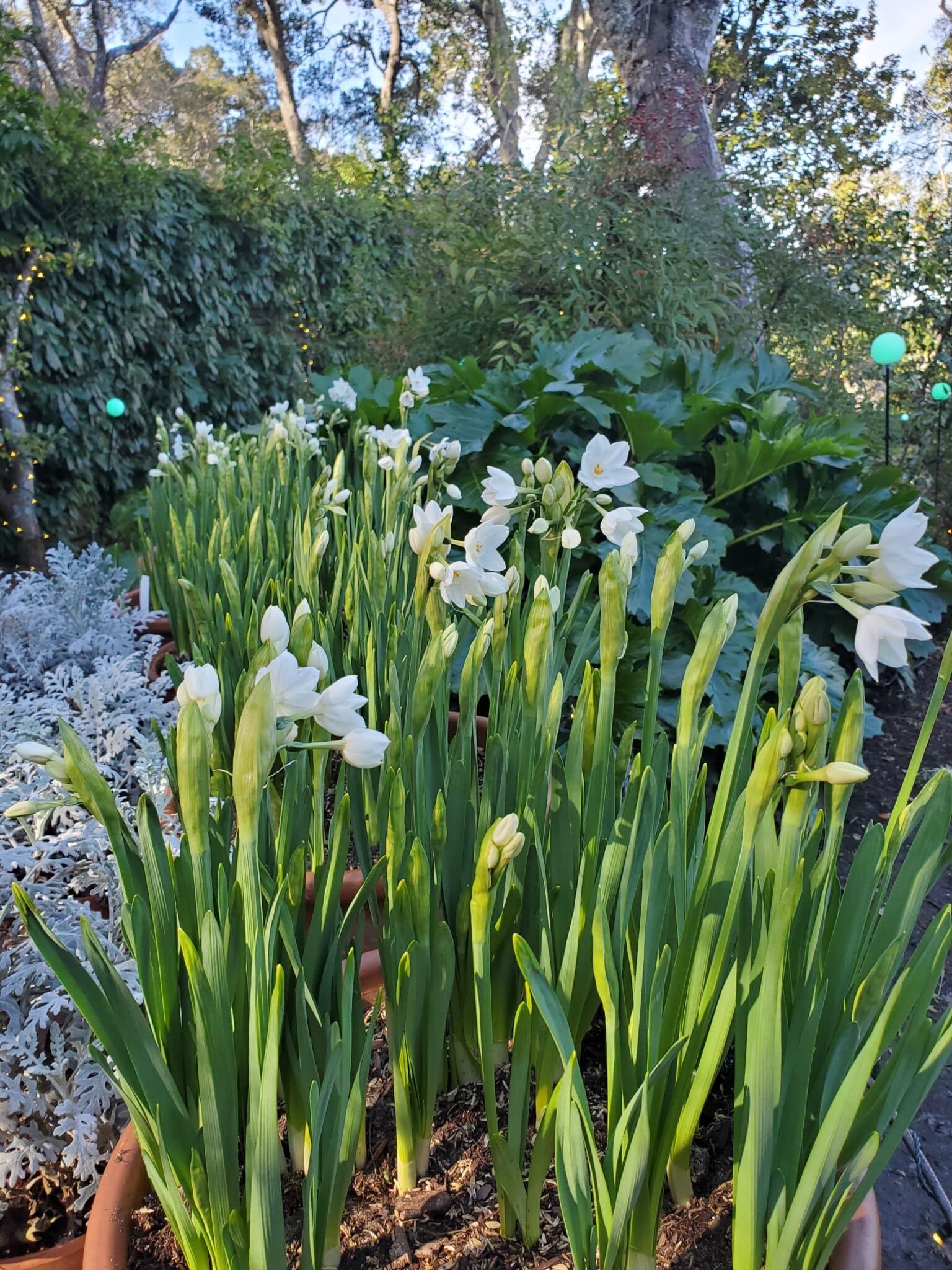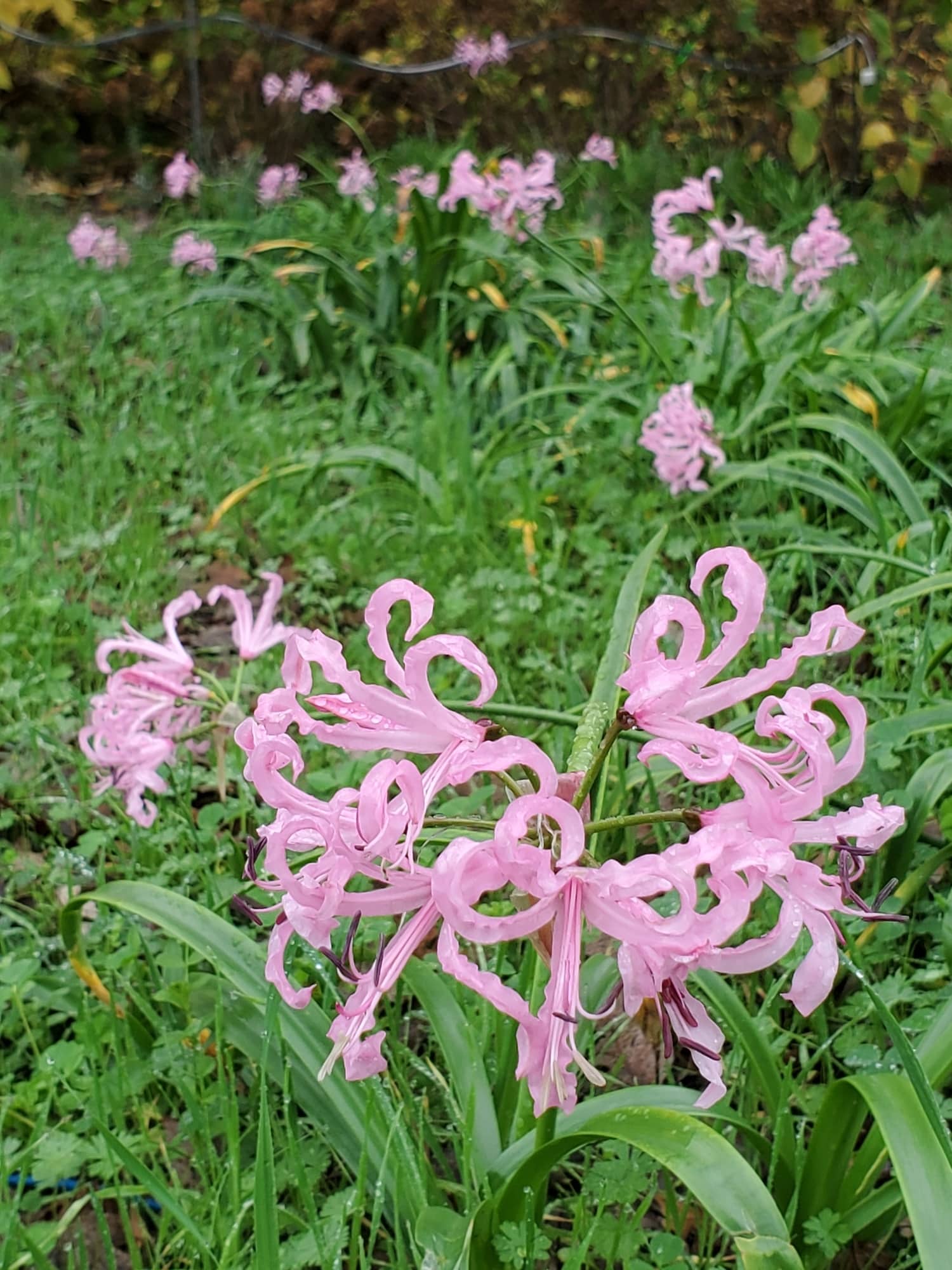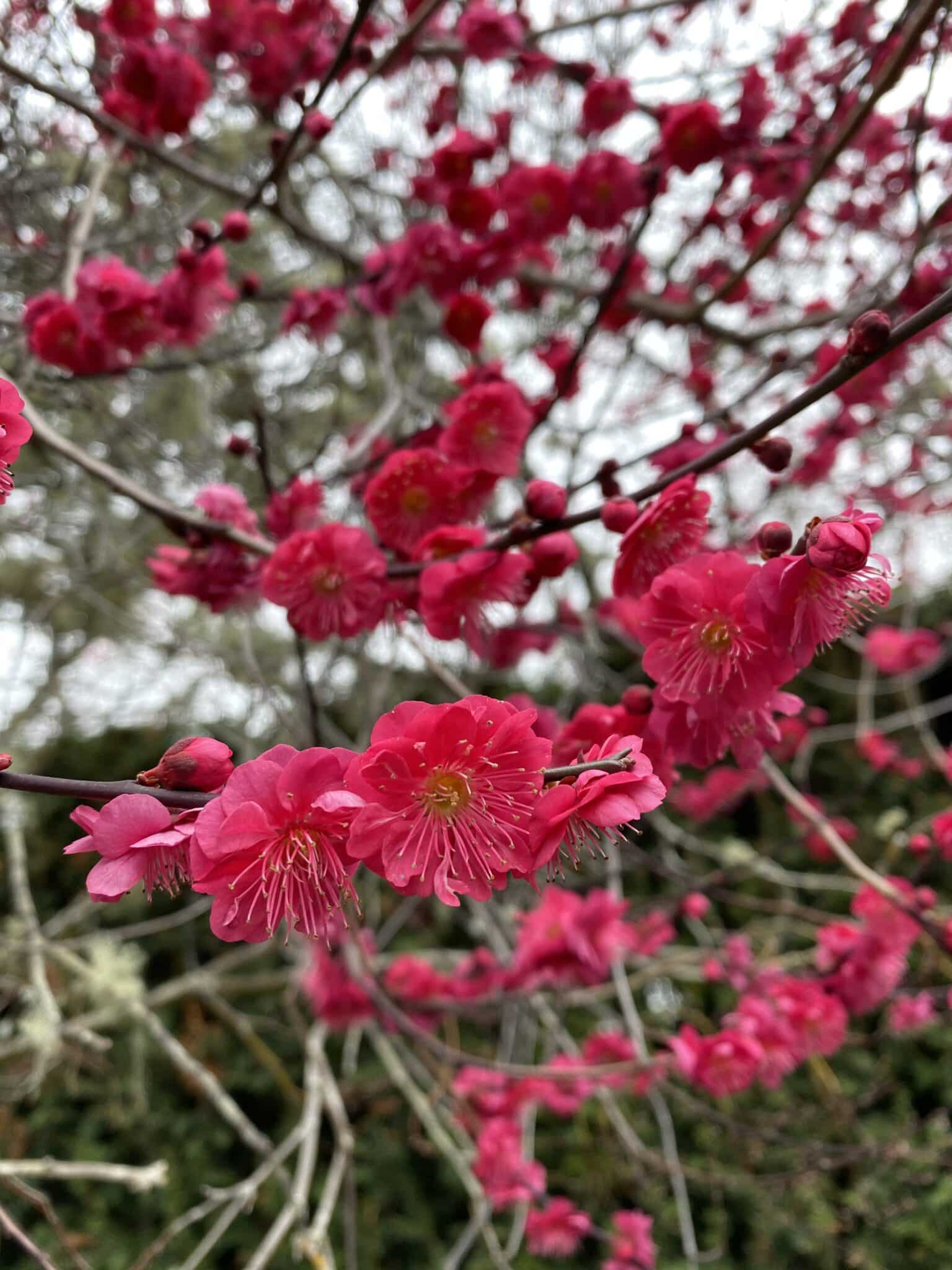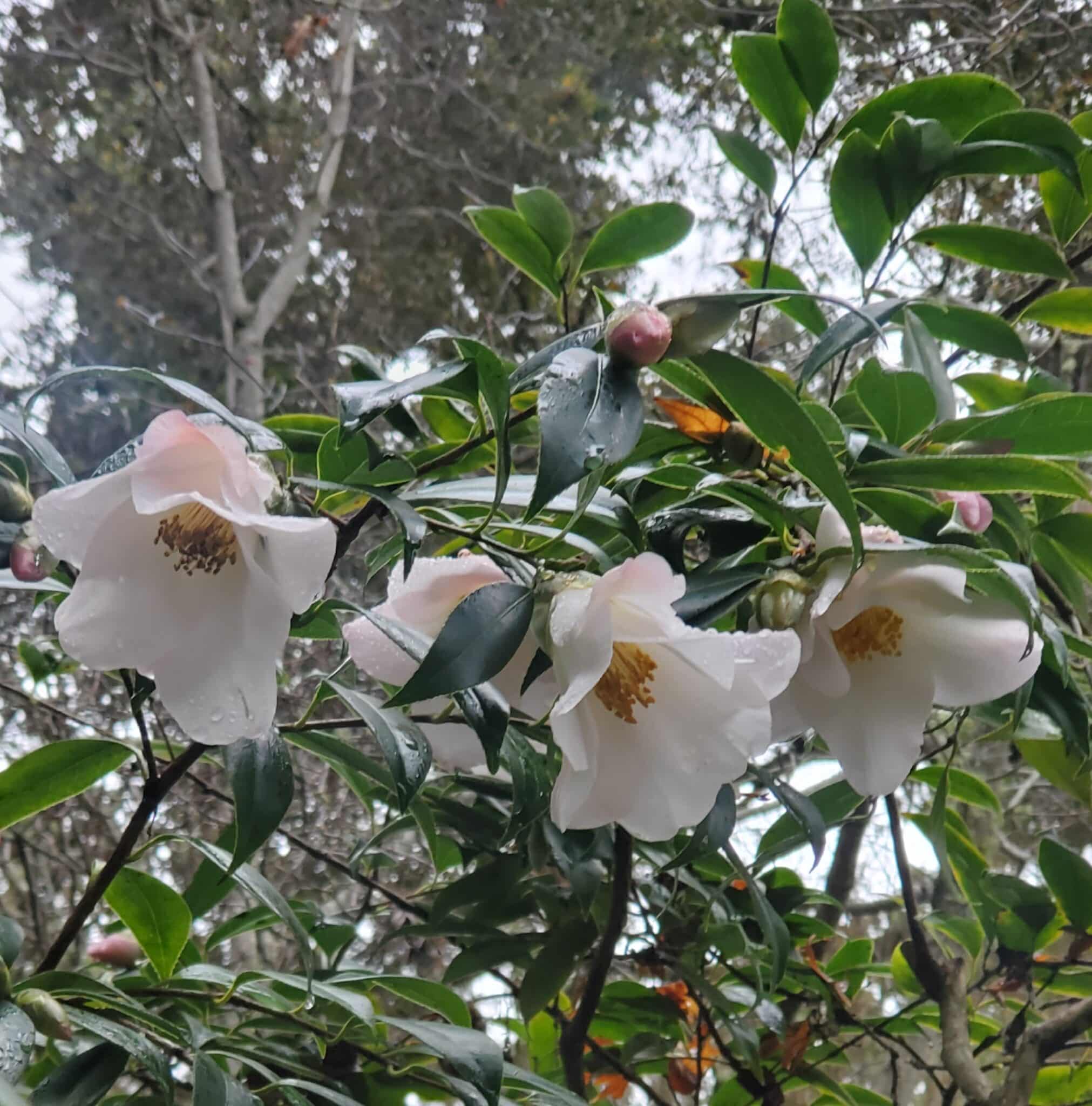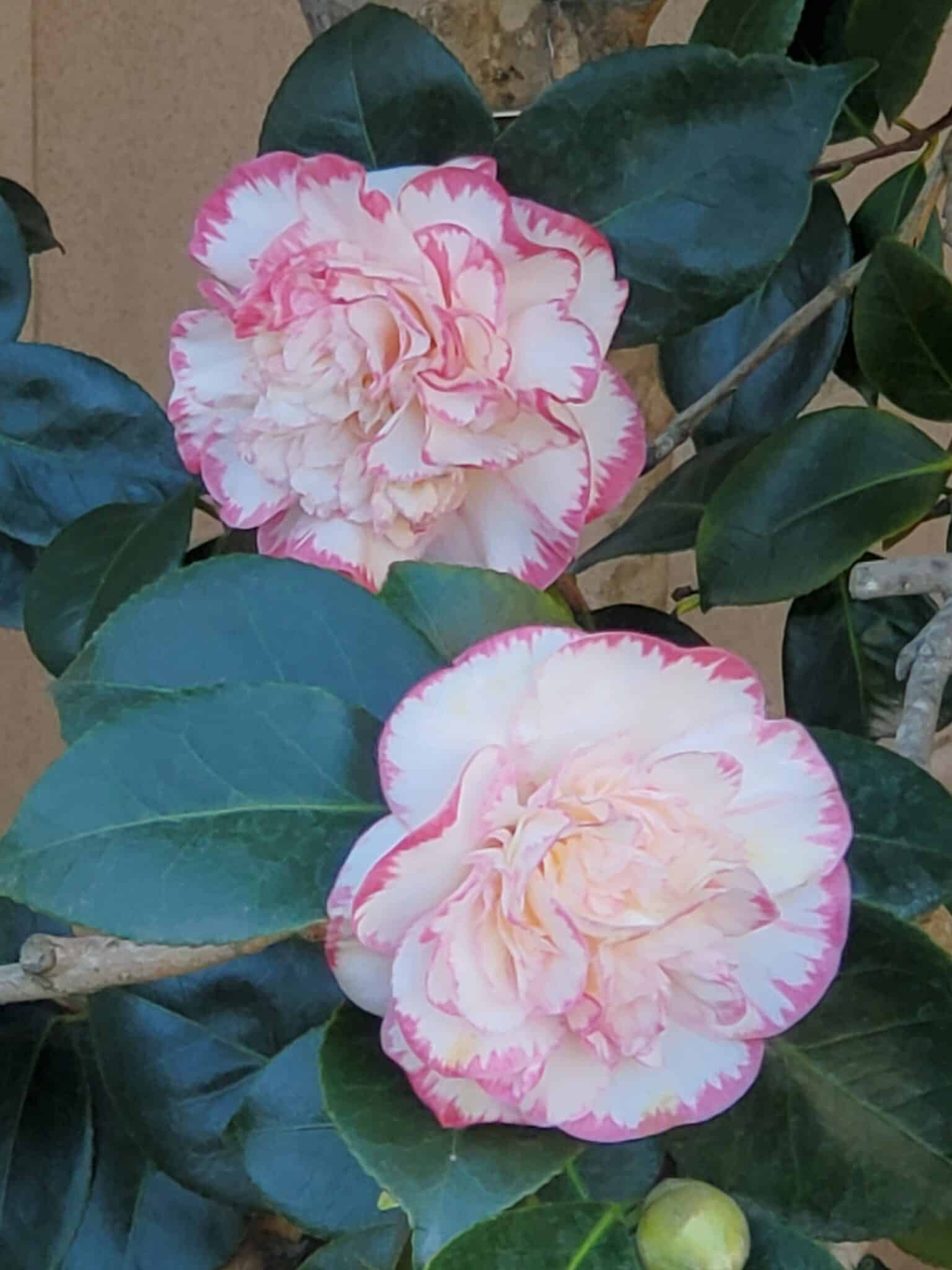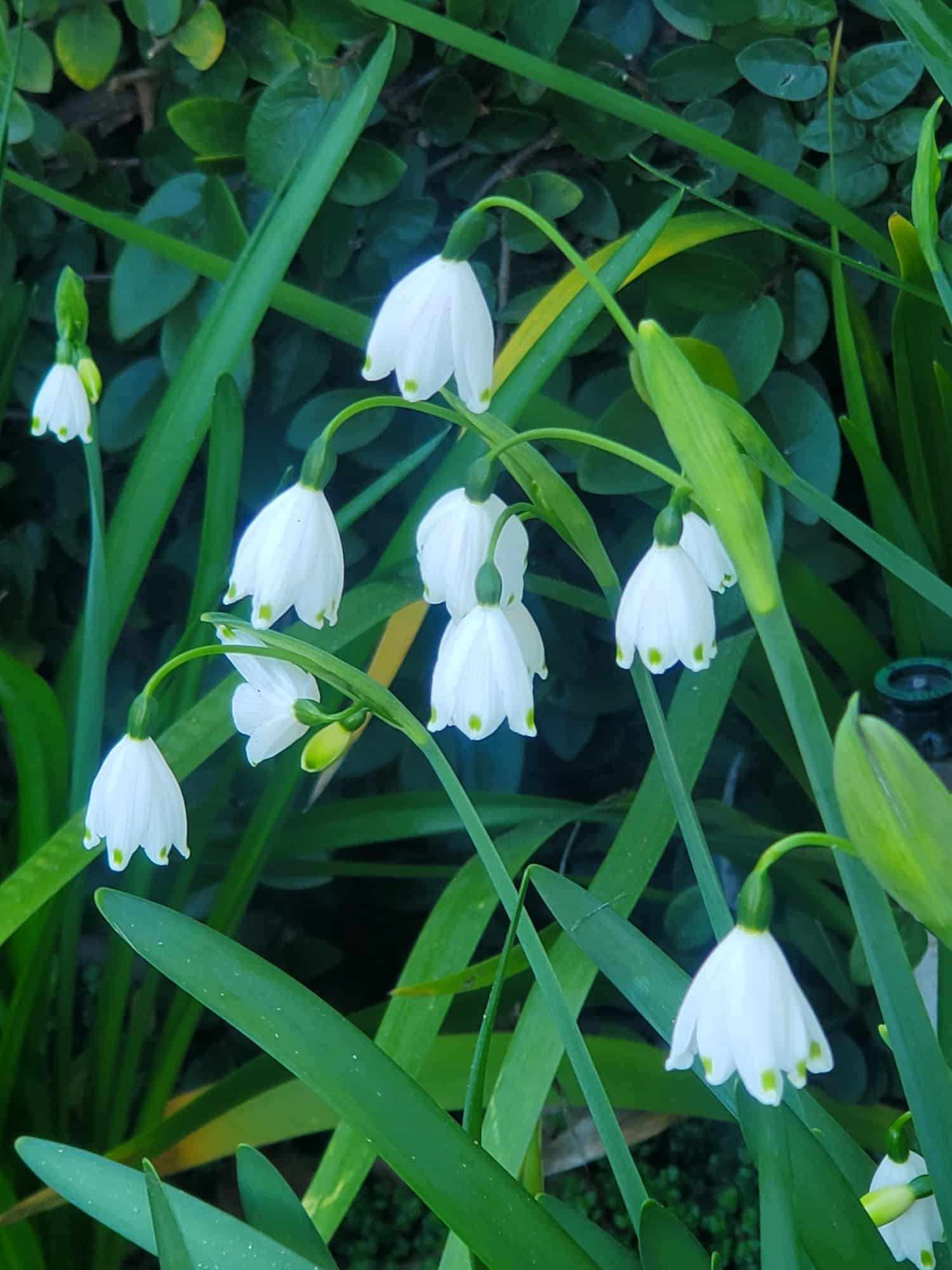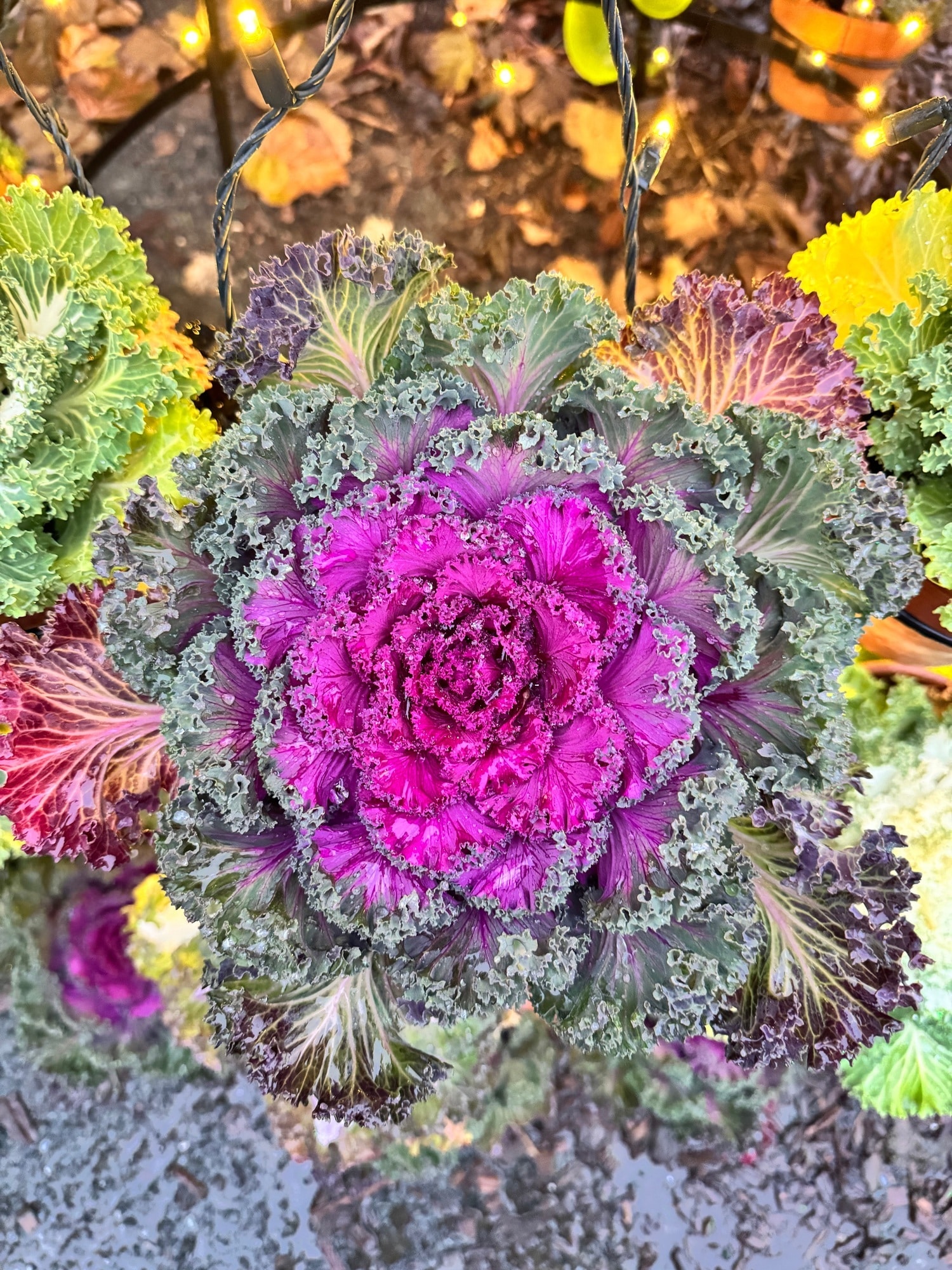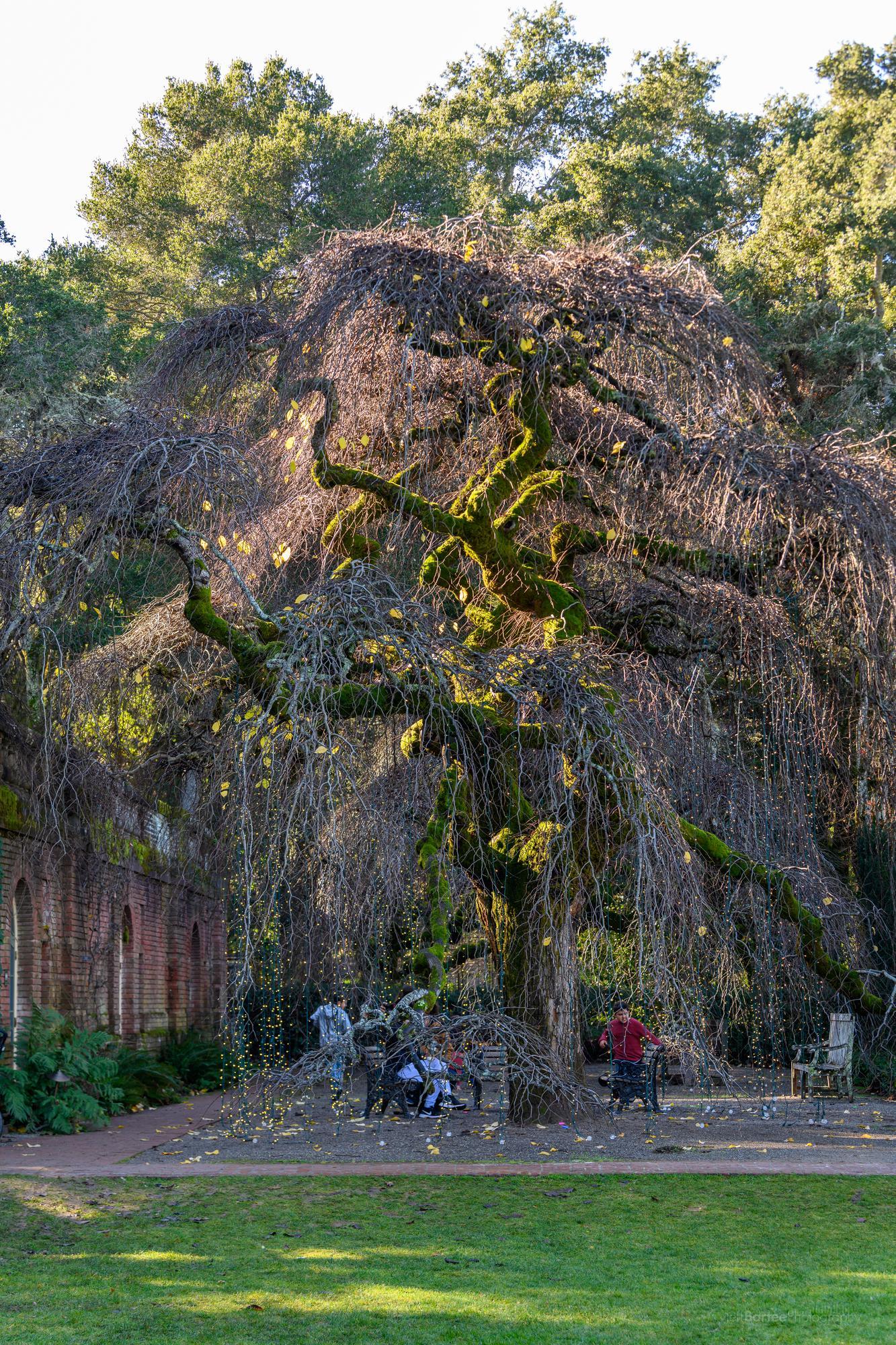PLEASE NOTE: Filoli will be closed from January 12–14th as we pack up the tinsel, twinkle, and sparkle of Holidays at Filoli. We look forward to welcoming you back to experience the winter season on Thursday, January 15!
Featured Events
At Filoli, every season brings something remarkable—and this year is no exception. Discover three signature experiences in one breathtaking destination. Wander through the wonder of Thistlewyck, immerse yourself in the opulence of Gilded, and be dazzled by the sparkle of Holiday Lights. Create holiday memories that will last a lifetime.
Sorry, we couldn't find any posts. Please try a different search.
Adventure Awaits
Built in 1917, the House is a stunning Georgian Revival estate that reflects a bygone era of luxury living, now functioning as a beloved historic landmark.
What's Blooming in January
Find peace in the Garden this Winter at Filoli. Foliage is vibrant in the cool wet, and pops of color from holly, camellias, and narcissus bring the Garden to life. Join us for this beautiful season at Filoli!


